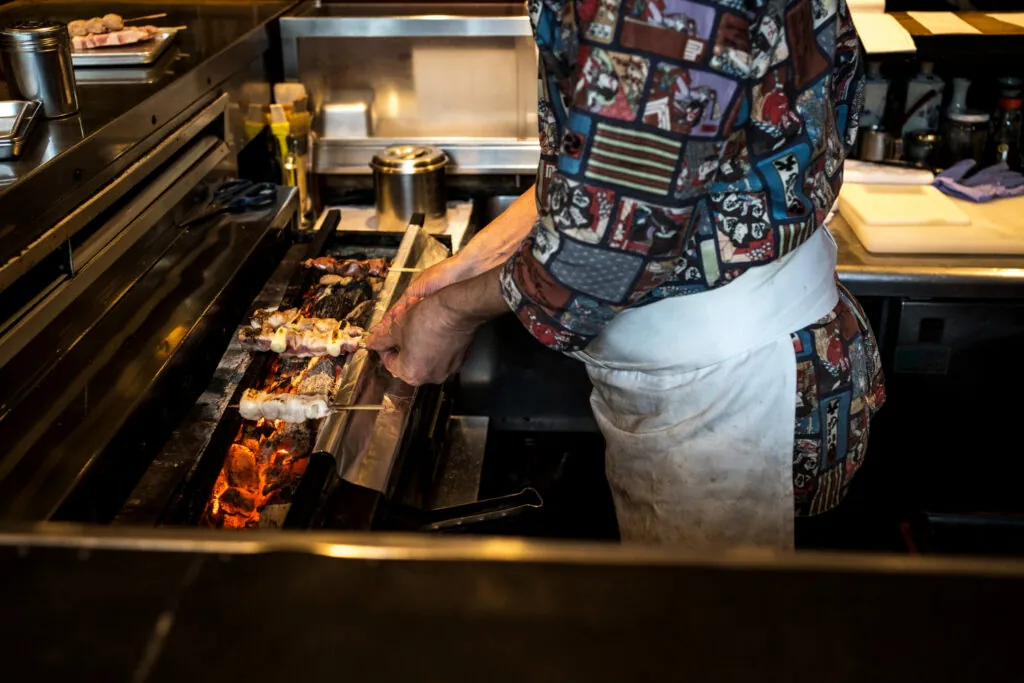The restaurant and food industry are behind other industries in offering retirement plan benefits to employees. Plan participation is the lowest of all industries, and average account balances place second to last, according to a 2022 Defined Contribution Plan benchmarking survey conducted by PlanSponsor.
Restaurant groups can offer a retirement benefit plan to their employees as a benefit to attract top talent and set themselves apart from their competitors while getting some tax credits.
There are three 1 We didn’t include the Defined Benefit Plan (aka pension plan) because it’s not a realistic or common option for restaurant groups. The Defined Benefit Plan is not a good option for restaurant groups because they’re very time consuming and expensive to maintain, and very large contributions may be required for employees. The contributions are based on age of participants, targeted annual benefit, and actuarial assumptions. You must be committed to funding them each year. small business retirement plans that a restaurant group can consider offering to employees:
- 401(k)
- SEP IRA
- SIMPLE IRA
The ideal retirement benefit plan varies for every industry, business size, and owner. The goal is to choose the most straightforward retirement benefit plan that attracts and retains top talent while providing a return on investment (ROI) for owners.
The most suitable retirement plan for a restaurant group is a 401(k) plan due to various factors we’ll explain in this article.
401(k)
Elective Deferral
A 401(k) allows an employee or owner-employee to defer up to $23,000 ($30,500 if age 50+; as of 2024 ) of their wages and put it into a tax-deferred 401(k). This deferral of taxable income is known as an elective deferral. 401(k)s offer the highest elective deferral.
Employer Contributions
401(k)s provide the most flexibility around employer contributions. In a 401(k), an employer’s contributions are discretionary, so the employer is not required to contribute to the plan each year. There is also no percentage limit as long as the total employee and employer contributions don’t exceed the lesser of the employee’s compensation or $69,000/year.
The employer can set a maximum percentage match to contribute to an employee’s 401(k) based on elective deferrals. This is a much better solution for restaurants because you will only be making employer contributions for an employee who values retirement savings.
For example, assume your restaurant group offers a 3% match for 401(k) employee contributions. John, the GM at location 1, would instead take 100% of his pay home, so he chooses not to deduct anything from his pay. Jane, the GM at location 2, really values a 401(k) plan, so she has decided to defer 5% of her earnings to a 401(k) plan. Your restaurant group would contribute 3% of Jane’s earnings into a 401(k) in addition to the 5% she has contributed.
Most importantly, a 401(k) plan can be designed so that employees’ ownership in employer matching or nonelective contributions becomes vested over time, subject to a vesting schedule (there are different vesting schedules that you can Google and see examples of). After the vesting period for a contribution is completed, the employee is 100% vested in the employer contributions and has a nonforfeitable right to the full amount of the contributions in their account. This vesting requirement is ideal for a high-turnover industry like restaurants.
Other Attributes
401(k)s don’t have any employee limits, thus making it an excellent match for the restaurant industry that requires a high volume of employees.
Employers can also add a designated Roth feature to their 401(k). These designated 401(k) Roth plans don’t have an income limit. Therefore, highly compensated, such as owners, can contribute.

SIMPLE IRA
Elective Deferral
A SIMPLE IRA has elective deferral requirements similar to a 401(k). Employees can elect to defer up to $16,000 ($19,500 if age 50+) of their annual wages. Although this is not bad, a 401(k) is still ideal.
Employer Contributions
In a SIMPLE IRA, an employer must match each employee’s salary reduction contribution dollar-for-dollar up to 3% of the employee’s compensation or make a nonelective contribution of 2% of an eligible employee’s compensation (regardless of whether the employee contributes). This contribution requirement gives owners less control, predictability, and discretion over contributions than 401(k).
Also, employees are always 100% vested, meaning they automatically qualify for the retirement plan regardless of how long they have been with the company. The vesting disallowance is not ideal for a high-turnover industry like restaurants.
Other Attributes
Finally, a SIMPLE IRA, the only comparable and logical retirement plan besides a 401(k) for a restaurant group, requires the employer to have less than 100 employees. Therefore, this automatically disqualifies most restaurant groups.
SEP IRA
Elective Deferral
A SEP IRA doesn’t allow elective deferrals; the employer has to fund everything, which is a very costly benefit with little ROI if employees don’t value retirement savings.
Employer Contributions
In a SEP IRA, you can choose when to contribute. However, you must contribute for all employees based on a written allocation formula when you do want to contribute. Like a SIMPLE IRA, the employees are always 100% vested in employer contributions. However, you can exclude new employees for up to three years before they qualify for benefits (aka the “3-of-5 rule”).
The total contributions must not exceed the smaller of $66,000, or 25% of the participant’s compensation. The compensation limit and requirement to contribute the same percentage for all employees (including owners) could be disadvantageous for owners who want to contribute more towards retirement.
Other Attributes
A SEP IRA doesn’t have a limit on the number of employees, but the contribution scheme is so disadvantageous, as mentioned above, that it’s not even worth considering for restaurant groups.
401(k) Nondiscrimination Testing & Common Controlled Groups
You must ensure your 401k) is offered to all employees and that it doesn’t unfairly favor owners and highly compensated employees. When a common controlled or affiliated service group exists, the employees of all the entities within the group must be considered. Therefore, merely separating employees by LLC or EIN doesn’t disqualify you from this requirement, even when the separate entities have different ownership.
Refer to Is Your Organization Part of a Controlled Group? Common Controlled Group Basics to understand which entities in your restaurant group would be considered a controlled or affiliated service group. You can also learn more about the nondiscrimination testing rules here.

Conclusion
401(k)s are the most suitable retirement benefit plans for restaurants, but they have strict compliance requirements compared to the SEP and SIMPLE IRA. Therefore, they traditionally cost more to administer.
There are modern, cost-effective, and streamlined solutions, such as Guideline, for administering 401(k)s at scale, so this shouldn’t hold you back.
We encourage you speak to your 401(k) broker to understand whether a 401(k) is the right fit for your restaurants.







